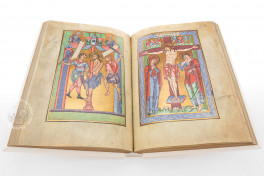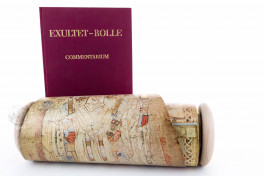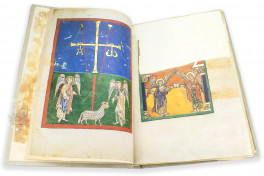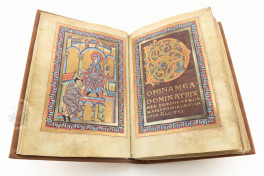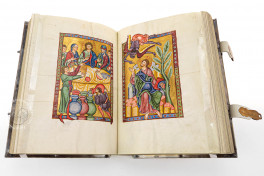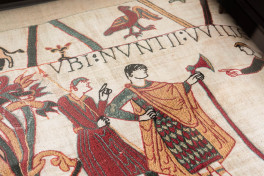Romanesque illuminated manuscripts are among the best examples of medieval craftsmanship. The Romanesque style, which roughly began around the year 1000 CE, was widespread across Europe, and codices dating back to this period have the most diverse provenances.
Romanesque illumination, in particular, flourished in England, Italy, Spain and France. Although manuscripts from all these areas show common features, regional style are usually quite easy to detect in Romanesque miniatures.
This was undoubtedly the ‘golden’ period of religious literature: Romanesque manuscripts span a wide range of topics. Large (or "Atlantic") Bibles, Saints' lives, Apocalypses, theological or patristic works, liturgical texts are among the many − and most lavishly illustrated − examples. As in sculpture and architecture, Romanesque illumination employs grotesque or imaginary characters (especially in decorated or historiated initials) together with often extremely intricate decorative means (foliage, etc.).
In Romanesque illumination, colors come to life. The array of tones and shades is unprecedented, and colored figures seem to "pop-out" of the page against the golden background found in many miniatures. Some color combinations in Romanesque illumination are extremely distinctive of a specific region. With red and yellow, for example, Spain and the work of Beatus of Liébana immediately come to mind; blue and red on the other hand are usually a trademark of Romanesque French codices.




